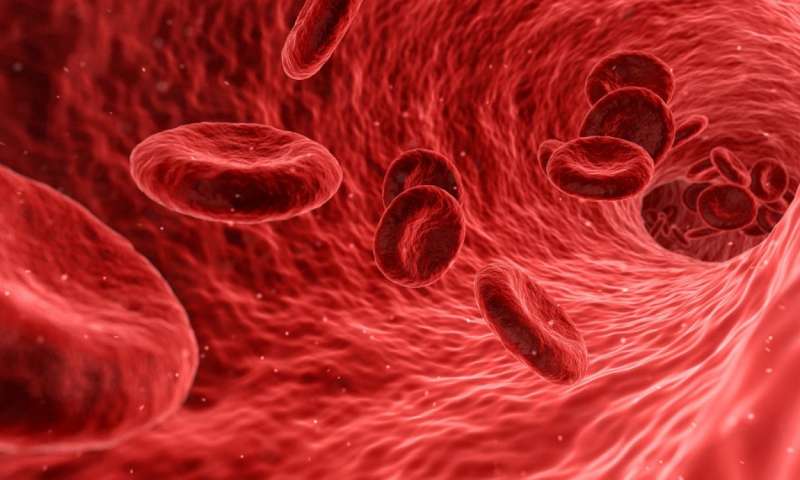January is National Blood Donor Month, which makes this a good time to become a blood donor.
Nearly 16 million blood components are transfused each year in the U.S., according to the American Red Cross. Daily needs include 29,000 units of red blood cells, 5,000 units of platelets and 6,500 units of plasma.
People need a blood transfusion for many reasons. Some may need blood during surgery. Others depend on it after an accident or because they have a disease that requires blood components.
Blood donation makes all of this possible. There is no substitute for human blood. All transfusions use blood from a donor.
Blood donation is a voluntary procedure that can help save the lives of others. Several types of blood donation meet different medical needs. The most common type is whole blood donation. About a pint of whole blood is donated, and the blood is then separated into its components: red cells, plasma and platelets.
To be eligible to donate whole blood, plasma or platelets, you must be:
• In good health.
• At least 16 or 17, depending on the law in your state. Some states allow minors to donate with a parent’s or guardian’s permission. While there’s no legal upper age limit, policies may vary among donation centers.
• At least 110 pounds.
• Able to pass the physical and health history assessments.
If you aren’t already a blood donor, consider becoming one. Your gift can mean the world to someone in need.
Laurel Kelly


